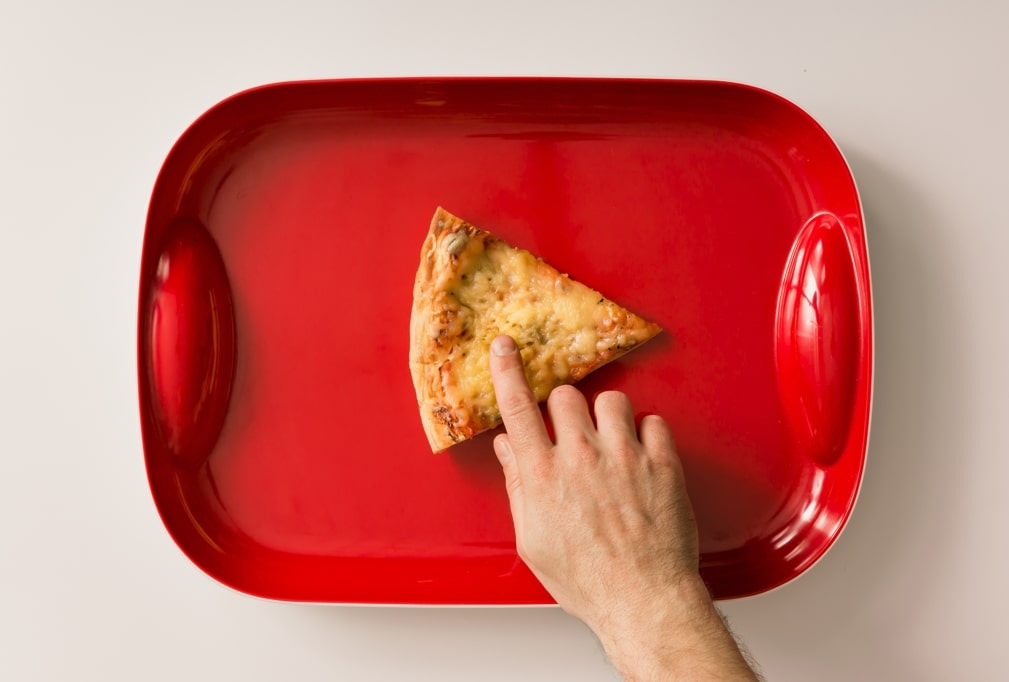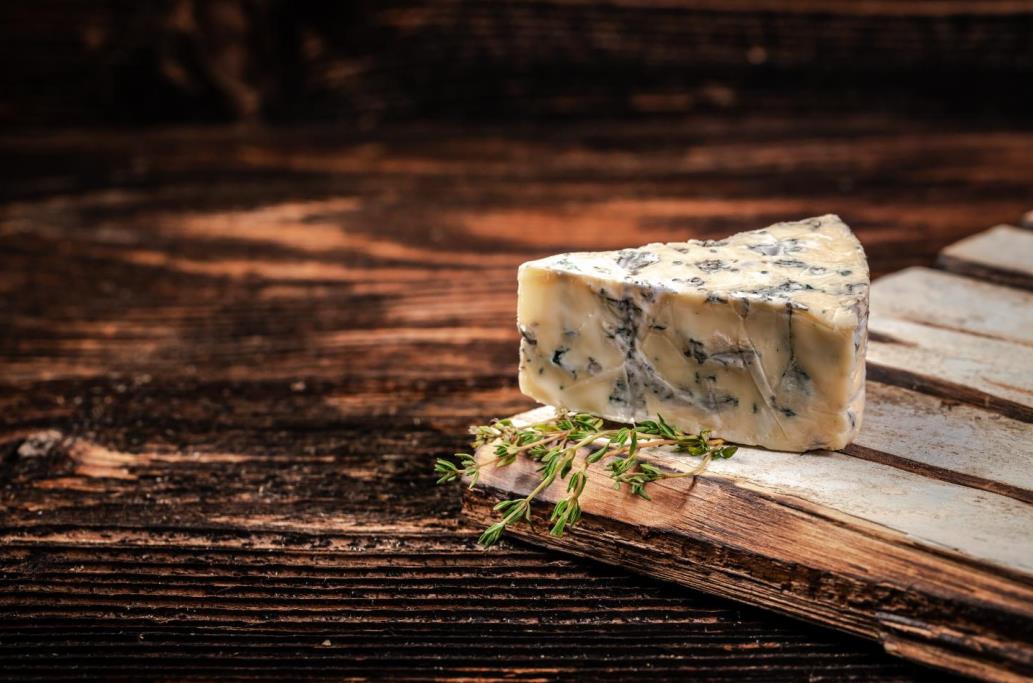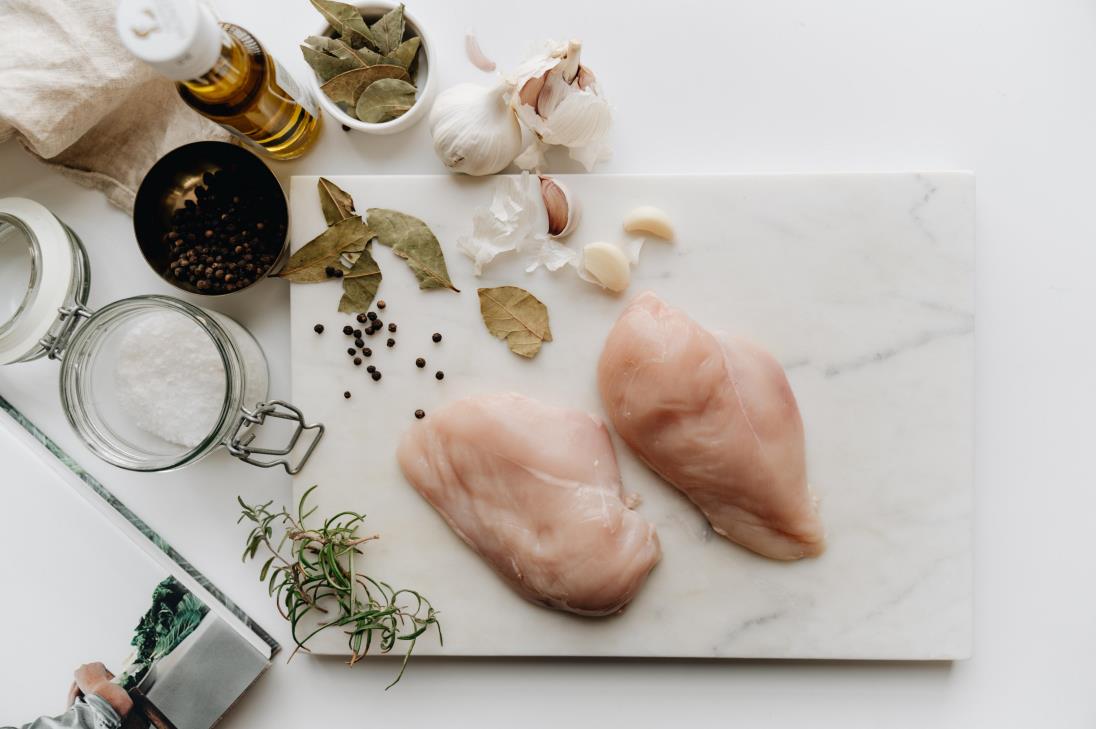An important yet often overlooked tool in the kitchen are cutting boards. These tools help you in all the cutting, chopping, slicing and dicing endeavors. Yet, these blocks of wood don’t often get the proper care and love that they need in order to last a lifetime.
Rest assured, caring for cutting boards pays off. It keeps them from cracking and warping, remains sanitary for use, and even outlives other accessories and tools in your kitchen. For this reason, we have compiled important cutting board care instructions so that they last you for many years to come.
Without further ado, let’s get started!
Table of contents
Importance of keeping your kitchen tools sanitized
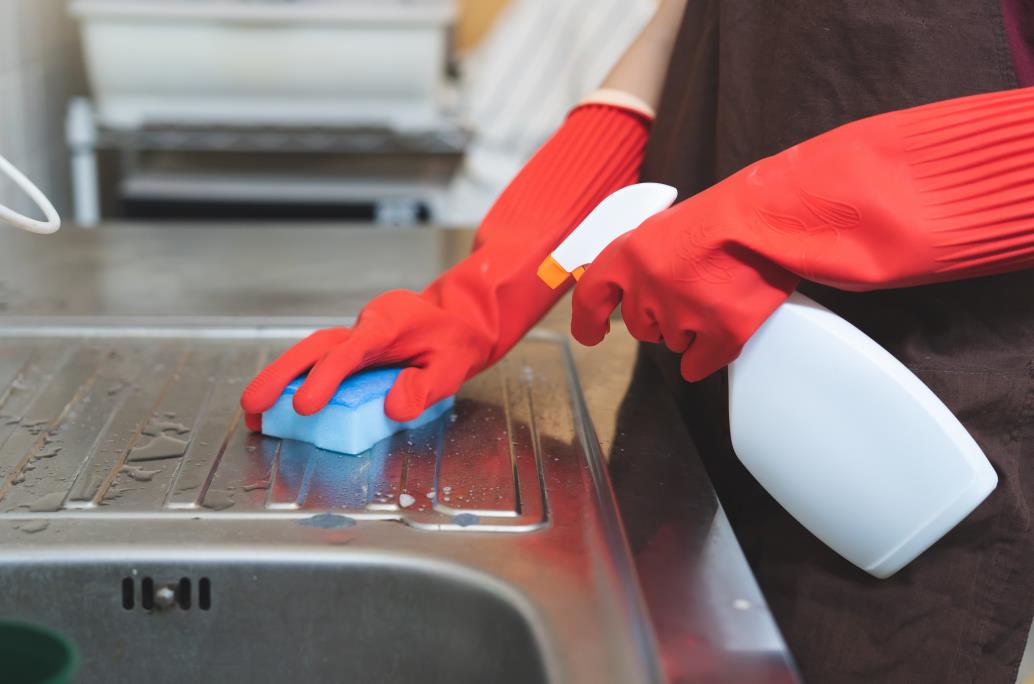
The importance of keeping your kitchen tools sanitized cannot be stressed enough. While cleaning only removes food particles from your kitchen tools, sanitizing allows killing pathogens and harmful bacteria with the use of hot water or chemical solutions.
Sanitizing is important because kitchen tools such as cutting boards can be breeding grounds for harmful bacteria and foodborne pathogens. In turn, these things cause food poisoning, cross contamination, and other food borne illnesses.
Additionally, dirty and contaminated boards may also mess up the taste of your food. Therefore, it is best if you keep your kitchen tools sanitized in order to maintain taste as well as hygiene.
Sanitizing different cutting boards
The most common types of cutting boards used are that of plastic and wood. Other types used include glass, marble, and stainless steel. Even though wooden cutting boards are the primary norm, people have increasingly been using plastic ones as they are easier to clean as well as sanitize.
However, it’s important to note that plastic cutting boards get deeper cuts than wooden ones, which means that bacteria and pathogens have deeper places to hide. Caring for these cutting boards also differs due to their differing characteristics.
Cutting board care
Caring for your cutting board goes further than simply cleaning them with soap and hot water. It also requires seasoning your cutting board, deep cleaning it through disinfectants and deodorizers, as well as maintaining it through smoothening processes.
Cleaning
The first step in caring for your cutting boards involves cleaning your cutting board. You will have to wash your cutting board according to the type of cutting board you have:
- Begin by removing and scraping any food particles on the cutting board.
- Wash your wooden cutting board by hand using liquid soap. Wash it off with hot water. For food like bread, simply wiping off the cutting board will also do.
- Wipe your cutting board dry with a clean towel.
- Let the board stand and air dry.
For plastic, glass, and stainless steel cutting boards, you may place them in the dishwasher after scrubbing and washing at high temperatures.
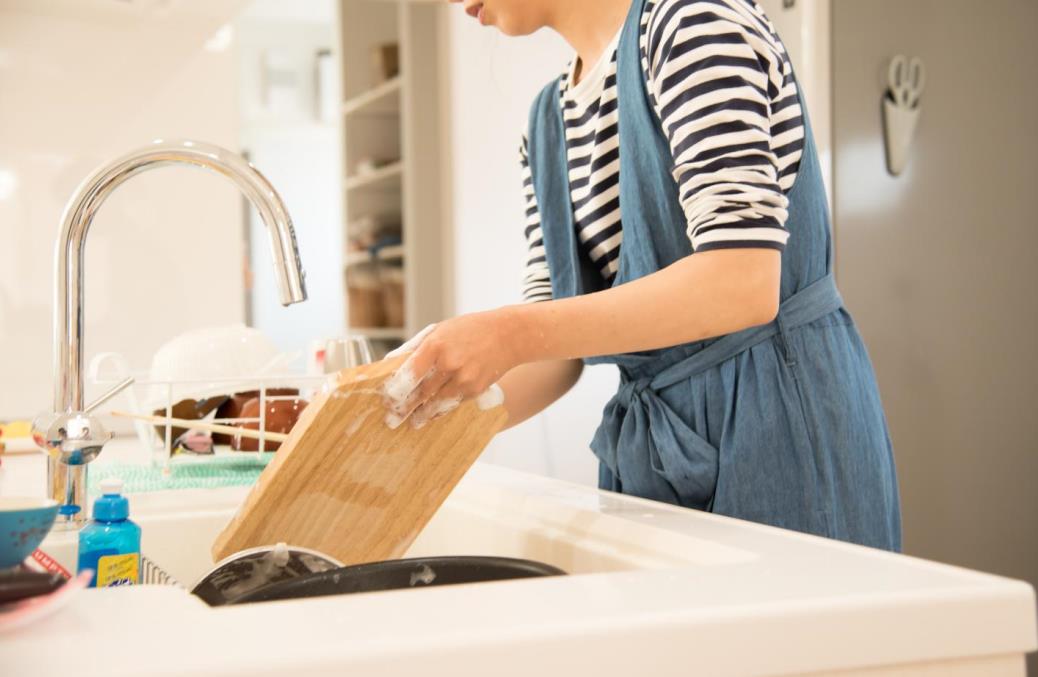
Do’s and Don’ts
- Do wash your cutting boards immediately after each use.
- Don’t immerse your wooden cutting boards in water except for a quick dunk. Otherwise, it will warp.
- Don’t place the wooden cutting board in the dishwasher either.
- Don’t use concentrated and strong chemical cleaners on your cutting boards.
Sanitizing
As discussed earlier, sanitizing your cutting boards refer to cleaning with extremely hot water above 171℉ or using chemical solutions. There are two ways you can sanitize your cutting boards:
- Spray them with a liquid sanitizer
- Soak in mixture of water and sanitizing solution
Vinegar method
White vinegar is extensively used for disinfecting and sanitizing cutting boards in the kitchen. This is because it serves as a superb disinfectant against various bacteria such as E.coli and salmonella. Follow the steps below to disinfect using the vinegar method:
Handpicked for you
True cutting power in the palm of your hand
- Clean the cutting board by using the steps mentioned under “washing”.
- Spray vinegar evenly on your wooden cutting board.
- Allow the vinegar to seep into the board for several minutes.
- Rinse the board with water.
- Pat dry or air dry.
Alternatively, you may also spray 3% hydrogen peroxide or vinegar on your wooden cutting board with a paper towel and let it stand for five minutes. Rinse with warm water and proceed to pat it dry.
Chlorine bleach method
Plastic cutting boards are best disinfected by using chlorine based solutions. However, you may also use it on other cutting boards. Here is how to do it:
- Mix one tablespoon of bleach with approximately a gallon of water to make a diluted solution.
- Soak your cutting board in the bleach solution for several minutes.
- Rinse with clean water.
- Pat dry or air dry.
Deodorizing
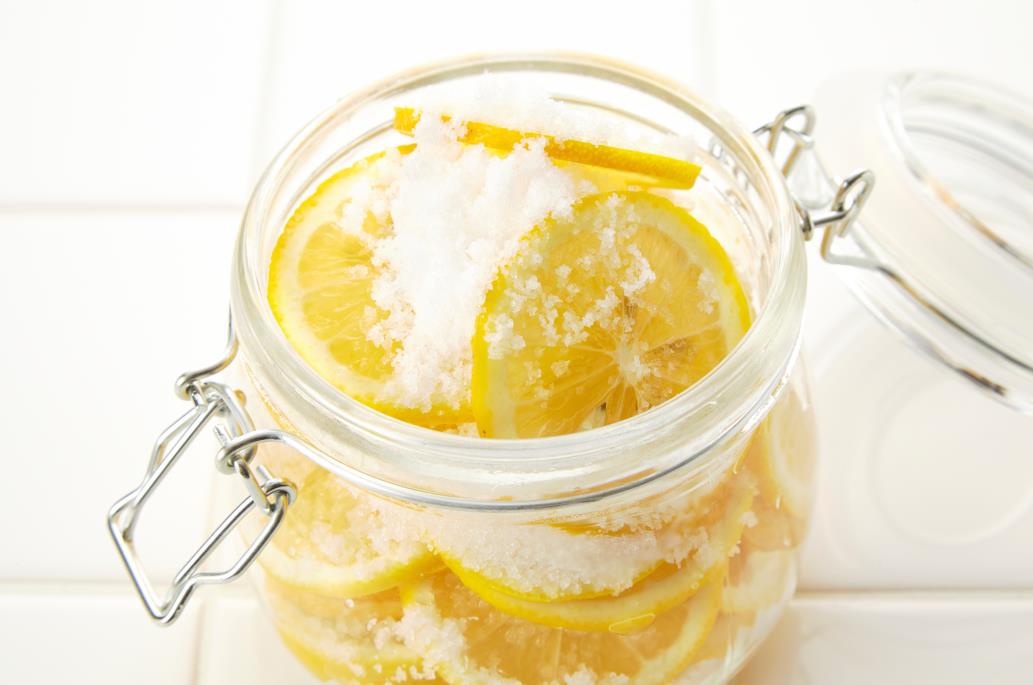
Cutting boards, especially wooden ones, may start to hang on to a really bad odor due to extensive use of food such as onion and garlic coupled with insufficient cleaning. Here are some of the things you can do to deodorize and get rid of clingy smells from your favorite cutting boards:
Lemon and salt
- Start by evenly spreading coarse sea salt all over your cutting board.
- Repeat the steps on the other side of the cutting board.
- Let it sit overnight or for several hours at least.
- Use a lemon half to scrub off the cutting board, making sure the juice seeps through.
- Let the mixture stand for ten minutes.
- Wipe with a damp cloth.
- Wash, rinse, and pat dry.
Baking soda
- Make a paste of baking soda and water in a ratio of 1:3.
- Cover the cutting board with the baking soda paste.
- Let it stand for a few minutes before scrubbing.
- Rinse and pat dry or air dry.
Resurfacing wooden cutting boards
Want your cutting board to regain its original splendor? Here’s the good news: wooden cutting boards can be brought back in good shape by sanding away any knife cut marks and defects through different grits of sandpaper.
Follow the instructions below to resurface and smoothen your cutting boards:
- Wash, sanitize, and deep clean your wooden cutting board.
- Begin sanding the wooden cutting board with the coarser grit of 100.
- Wipe with a damp cloth.
- Next, sand the cutting board with 180 grit sandpaper, finishing it off the 240 grit one.
- One you are done with the sanding process, wash the cutting board again.
- Part dry or air dry.
- Condition your board.
Cutting board maintenance
Wooden cutting boards require seasoning and conditioning for maintenance so that warps can be prevented and cracks don’t form. This is because seasoned and conditioned wooden boards absorb less moisture, odors, and even help to protect against harmful bacteria.
The process also helps to revitalize wooden cutting boards so they don’t look dull or dried out.
Best and worst oils for wood cutting board care
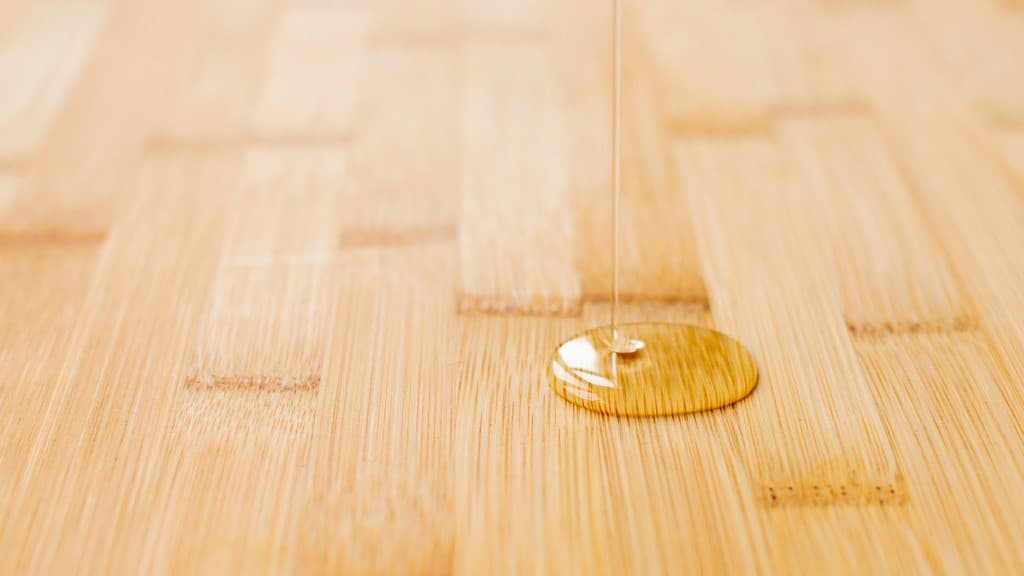
Experts recommend food grade mineral oil or beeswax and mineral oil blend for caring and conditioning for cutting boards. Mineral oil is cheap and will last you a while. On the other hand, beeswax is more efficient as it makes wooden cutting boards shinier and more waterproof.
Avoid any nut based or vegetable oil to season your wooden cutting boards. This is because such oils are susceptible to spoilage and become rancid. As a result, not only will your cutting board smell bad, but will also noticeably change the smell and taste of your ingredients.
Steps for conditioning your wooden cutting board
- Properly wash, disinfect, deodorize as well as resurface your wooden cutting board.
- Apply food grade mineral oil beeswax and mineral oil board cream all over your cutting board using a clean cloth.
- Use the cloth to rub the oil in circular motions. Ensure that the oil is applied evenly at all sides and seeps in all the cracks and gaps.
- Let the oil seep in and stand for at least a few hours, else overnight.
- Use a dry cloth to wipe off the oil.
- Seal the mineral oil with beeswax.
Proper usage of your cutting board
There are a number of things you can do in order to ensure you are using your tool properly. Here are some dos and don’ts that you can follow:
- Wipe your cutting boards frequently with a cloth or sponge.
- As soon as you’re done using your cutting board, wash it away.
- After prepping raw meat, make sure to sanitize your cutting boards.
- As an added measure, use two cutting boards. One should be used for your fruits and veggies while the other can be used for poultry, meat as well as seafood. A butcher block can be used for the latter.
- Do not continuously use the same surface area and distribute your cutting work evenly throughout the board.
- Use color-coded cutting boards so that you can remember which cutting board is for which purpose and prevent cross contamination.
When to replace your old cutting board?
The last thing that you should know about caring for your cutting boards is when the right time to dispose of it is. All cutting boards have limited lifespans and there are a number of things you should look out for:
- If the cutting board develops mildew, black spots that develop from inadequate drying, it’s time to dispose of it.
- If the cutting boards develop deep grooves and cracks that become hard to disinfect and deodorize, dispose of them as they are strong breeding grounds for pathogens and harmful bacteria.
- If the cutting board has become warped or cracked, again, replace your cutting board.
FAQs
How often should I oil my wooden cutting board?
You may oil your cutting board once a month or whenever it starts looking dull and weary. As a rule of thumb, spill some water on the board. If it soaks up instead of beading up, your board needs to be oiled.
How often do I need to sanitize my cutting board?
You don’t need to sanitize your cutting board each time. Cleaning with water and soap is sufficient. Sanitization is necessary when preparing raw meat.
How often do I need to sand my wooden cutting board?
Your wooden cutting board needs to be resurfaced only when it has developed knife cut marks, defects or minute amounts of mildew.
Is there a cutting board that doesn’t require oiling for maintenance?
Richlite cutting boards can be used for your ease if oiling and upkeep seems hard. These boards don’t require oiling and are gentle on knives as well.
In conclusion
Using and caring for a cutting board is not just culinary science, it is an art. Learn what the best cutting board wood material works for you and follow our cutting board care instructions to outlast your beautiful board for years to come!








